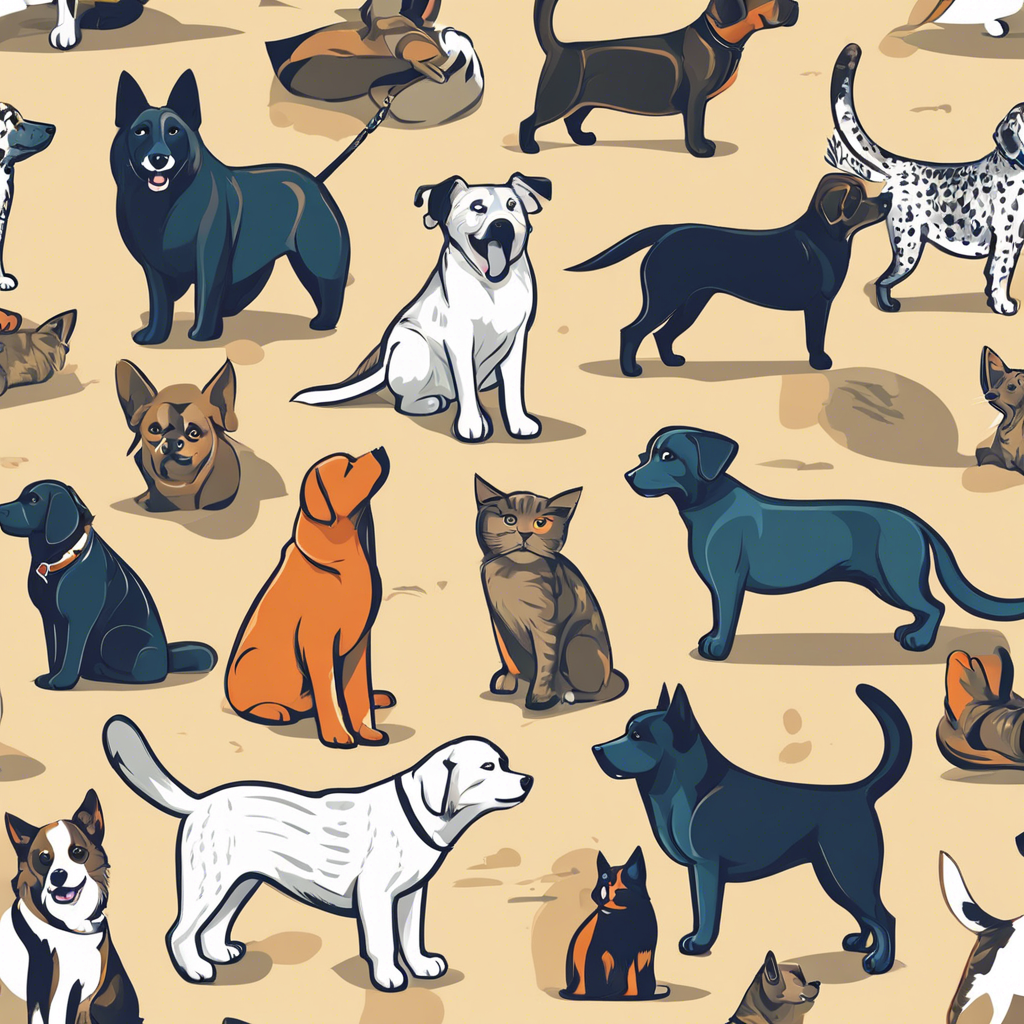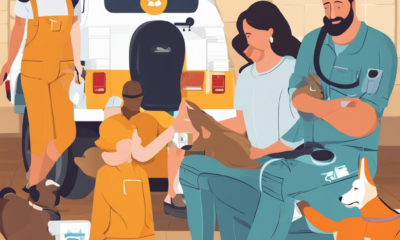Training
Understanding Your Pet’s Body Language

Pets have their own unique way of communicating, and understanding your furry friend’s body language is essential for any pet owner. It’s like learning a new language, but one that relies on subtle cues and gestures instead of spoken words. Through body movements, facial expressions, and even tail wags, our pets convey a wealth of information about their emotions and intentions. By decoding these signals, you can strengthen your bond with your pet and ensure their well-being.
When it comes to reading your pet’s body language, the eyes can reveal a lot. A relaxed and content dog will have soft, slightly squinty eyes, while a direct, intense stare often indicates a challenge or threat. In cats, slow blinking is a sign of trust and affection, so return the gesture to show your cat some love.
Ears also play a crucial role in understanding your pet’s mood. In dogs, ears that are relaxed and at a natural position indicate a calm state. If they are perked up, your dog might be alert or curious. Cats’ ears are even more expressive; when they’re relaxed and slightly tilted forward, your cat is likely content. But if their ears are flattened against their head, it’s a clear sign of fear, anger, or anxiety.
”
The tail is another powerful indicator of your pet’s emotions. A dog with a gently wagging tail is usually friendly and relaxed, whereas a stiff, high tail can signal aggression. Cats often hold their tails upright with a slight curve when they’re happy and confident. However, if their tail puffs up like a bottle brush, it’s best to give them some space.
Paying attention to your pet’s posture is also vital. A relaxed dog will have a loose stance, while a fearful one might cower or tuck their tail between their legs. In cats, an arched back and raised fur usually indicate fear or aggression.
Understanding your pet’s body language is an art that can deepen the connection between you and your beloved companion. By observing and interpreting these subtle cues, you’ll be able to respond to your pet’s needs and create a happier, healthier relationship. Stay tuned for more insights into the fascinating world of pet communication!
-

 Training10 months ago
Training10 months agoInquiry Regarding Document Review
-

 Adoption1 year ago
Adoption1 year agoHow to Help a Rescue Pet Adjust to Their New Home
-

 Wildlife1 year ago
Wildlife1 year agoProtecting Endangered Species: What You Can Do
-

 Wildlife12 months ago
Wildlife12 months agoEncouraging Wildlife in Your Backyard Safely
-

 Adoption1 year ago
Adoption1 year agoFinding the Right Rescue Organization for Your Family
-

 Wildlife1 year ago
Wildlife1 year agoThe Role of Sanctuaries in Wildlife Protection
-

 Training10 months ago
Training10 months agoApple Smartphones in 2024: Revolutionary Features and Why They Dominate the Market
-

 Wildlife1 year ago
Wildlife1 year agoHow Climate Change Affects Wildlife Ecosystems
















